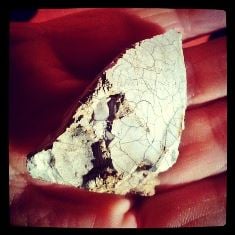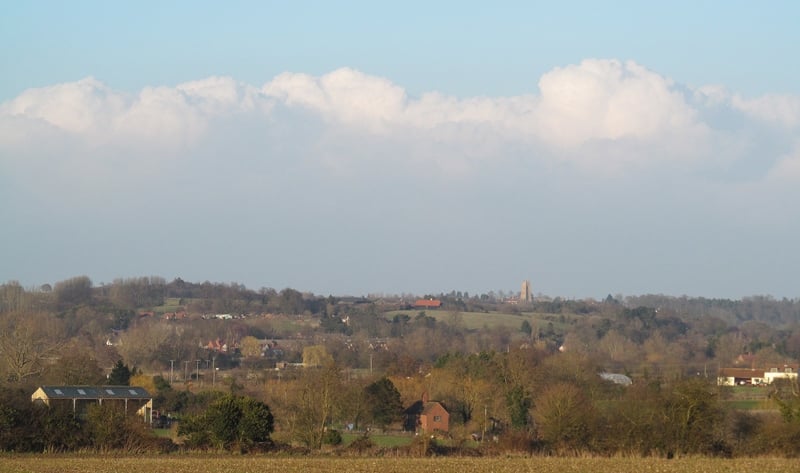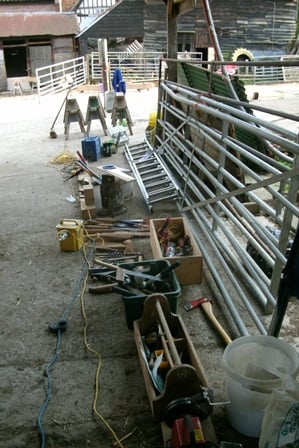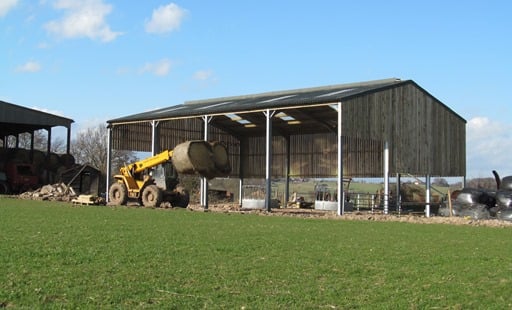Traditional Building Courses - 2014
This year, Lower Dairy Farm will be the host barn for two Traditional Building Skills courses: Lime Plastering and Timber Frame Repairs.
LIME PLASTERING 24th - 25th April
 This two-
This two-
The course will give students the opportunity to work on a listed barn and will explain how to fix laths, prepare lime putty mixes, and plaster on to laths as well as highlighting the importance of good preparation and aftercare.
Course tutor – Roy Cafferty – Traditional plasterer
Roy Cafferty runs his own plastering business and has been in the trade for forty years. He is an expert on lime, and works in all aspects of lime plaster, specialising in fine plaster finishes. Roy is one of the few lime plasterers who still runs mouldings in-situ.
* * * * *
TIMBER FRAME REPAIRS 21st - 23rd May
 Those attending this three-
Those attending this three-
Course tutor - Rick Lewis - Traditional Oak Carpentry
Rick Lewis is a timber framer and an expert in Medieval architecture and vernacular carpentry. His company, Traditional Oak Carpentry, specialise in all aspects of timber framing from timber conversion, repairs and conservation, to new framing.
Financial assistance: There are a number of free places on both courses fully funded by the City & Country Group Bursary Scheme. For details and application criteria contact: traditional.buildingskills@essex.gov.uk
To find out more about the courses, contact Katie Seabright:
E-mail: traditional.buildingskills@essex.gov.uk Tel: 01245 437672
Historic Buildings & Conservation, Essex County Council, County Hall, Chelmsford, Essex, CM1 1QH.
* * * *
The restoration of our Grade II listed barns has been ongoing for over five years. Without the Essex County Council courses, we would not have had the catalyst to start stripping back the concrete shuttering and restoring the structure. Repairing old buildings, whether a house or barn, can be daunting, but our attendance at these courses have equipped us with the traditional skills needed to continue the work once the course is over. They are highly recommended!
We would love to have unlimited time and resources to throw at the barn, but we don't. At times, progress can be frustratingly slow and many people do not understand why we have not finished yet! However, slowly but surely, with the help of all the course attendees, we are saving Lower Dairy Farm's lovely barns for the future. We are extremely grateful to everyone who has taken part in our restoration process! In fact, many come back to visit their work!
The Herefords...
Shiny and complete with gutters (thank goodness) plus a new track so we can drive to it! Thanks to the Longmoor Labourers for their hard work track-building. The track has significantly reduced run-off from the fields already, and combined with the new barn will go a long way to boosting our catchment-sensitive farming credentials. Unfortunately, photographic evidence of Helen's birthday treat...shovelling rubble, was lost when Dad buried his brand new digital camera.
With the building complete, its back to other farm work.  The priority right now is make sure the new grassland is in tip-top condition for a bumper hay and silage year. We're on the lookout for the mugwort peril, a plant that has plagued one of our fields for years, but concerted digging up and cutting seems, at the moment, to have reduced its proliferation. In its place, something better. Planting the grassland has turned up a lot of burnt flint - further evidence early Humph walked this land!
The priority right now is make sure the new grassland is in tip-top condition for a bumper hay and silage year. We're on the lookout for the mugwort peril, a plant that has plagued one of our fields for years, but concerted digging up and cutting seems, at the moment, to have reduced its proliferation. In its place, something better. Planting the grassland has turned up a lot of burnt flint - further evidence early Humph walked this land!
Next winter, the new barn will simplify our system, and if implemented well, should cut the time spent feeding, littering and yard clearing, allowing us to make progress and fight perils elsewhere; good for the cows, good for us farmers!
And on that note, this week, I attended a Farm Safety and Health Awareness morning. Let's be honest, I wasn't too thrilled at the thought of HSE presentations, and it's never good to embody 'health' at these events by turning up in the throes of alien death flu. However, it was presented by farmers and I would highly recommend it as a refresher in how to mitigate risks and keep yourself and your workforce safe. Anyone who has attempted to find H&S information, particularly on the HSE website, will know it seems somewhat of a dark art. This morning was informative, and we received H&S advice that I would not have considered and/or would have no idea where to look for otherwise. Farmers, if you haven't attended already, get yourself on a course!
No excuses: http://www.hse.gov.uk/agriculture/shads.htm












